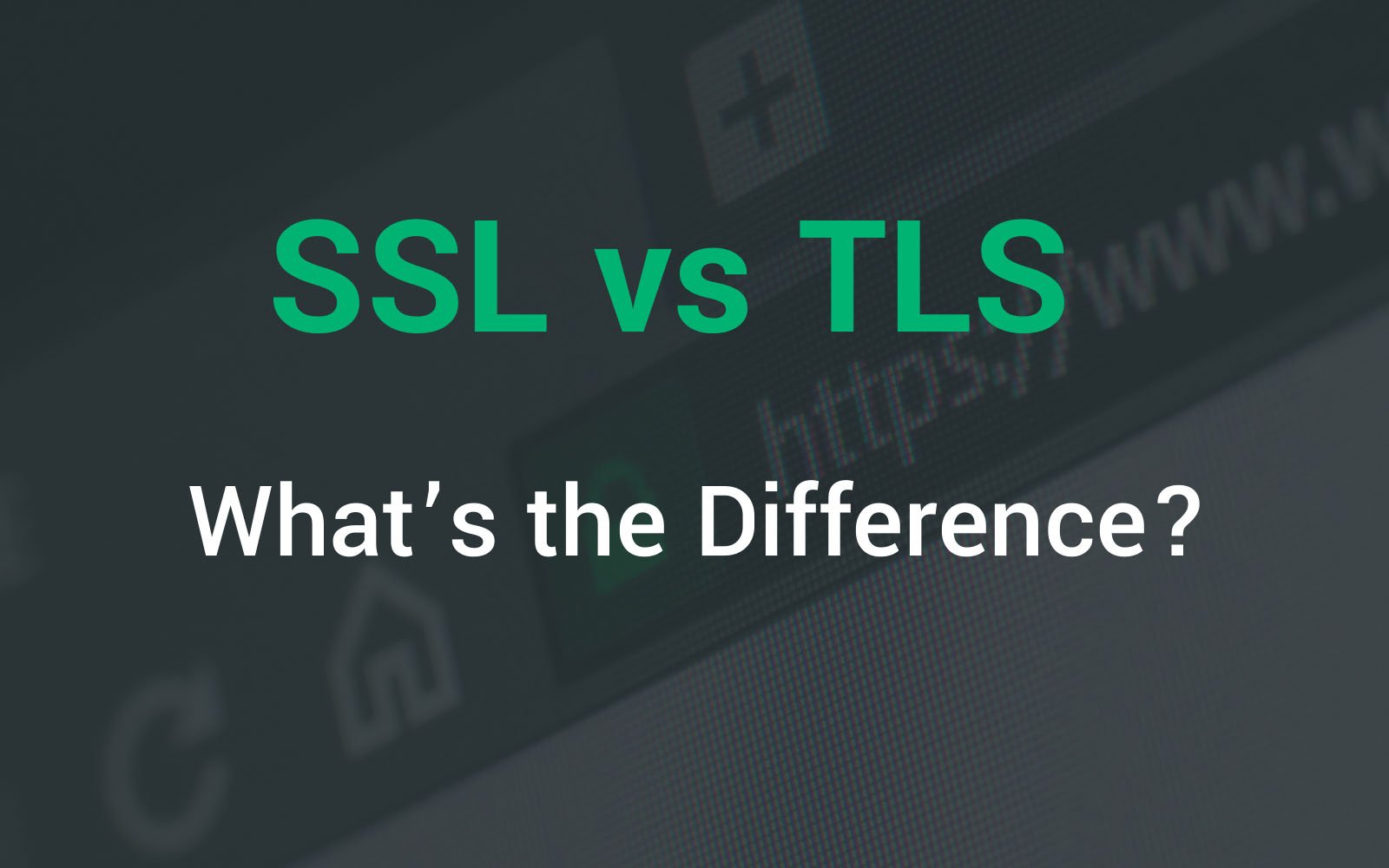Tech
SSL vs TLS: Understanding the Core Differences

SSL and TLS are the backbone of online security. If you’ve ever wondered about their differences, history, and why it matters, this detailed guide unravels everything.
Introduction
When you shop online, log into accounts, or send emails, security is crucial. This is where encryption protocols like SSL and TLS come into play. But what exactly are SSL vs TLS, and why do they matter? Let’s explore their differences and importance.
Overview of SSL and TLS
Defining SSL
SSL, or Secure Sockets Layer, was one of the first cryptographic protocols designed to secure communications over the internet. Introduced in the mid-1990s, SSL encrypts data transferred between a user’s browser and a web server, ensuring confidentiality and integrity.
Defining TLS
Transport Layer Security (TLS) is the successor to SSL. Developed as an enhancement, TLS addresses several vulnerabilities found in SSL. It provides improved encryption algorithms, stronger authentication methods, and overall better security, making it the modern standard.
History and Evolution
Origins of SSL
SSL was first introduced by Netscape in 1995 as SSL 2.0. Despite its groundbreaking capabilities, SSL 2.0 had significant security flaws, leading to the release of SSL 3.0 in 1996.
Transition from SSL to TLS
Recognizing the limitations of SSL, the Internet Engineering Task Force (IETF) developed TLS in 1999 as an improved protocol. TLS 1.0 was backward compatible with SSL 3.0, easing the transition.
Why TLS Replaced SSL
SSL had several vulnerabilities that could be exploited by attackers. TLS introduced advanced encryption algorithms, better key exchange mechanisms, and stronger authentication processes, making it a more secure and efficient protocol.
Technical Differences
Encryption Protocols in SSL vs TLS
While both protocols use encryption to protect data, TLS supports more modern algorithms like Advanced Encryption Standard (AES), ensuring stronger security compared to SSL.
Handshake Process
The handshake process differs between SSL and TLS. TLS offers a more efficient handshake with support for session resumption, reducing latency and improving performance.
Cipher Suites
TLS supports a broader range of cipher suites, including elliptic curve cryptography (ECC), which provides enhanced security and performance over older SSL suites.
Security Features
Strengths of SSL
Despite being outdated, SSL provided a foundational framework for secure communications, including data encryption and server authentication.
Advanced Security in TLS
TLS introduces Perfect Forward Secrecy (PFS), which ensures that session keys cannot be compromised, even if the server’s private key is exposed.
Use Cases
When SSL is Used
Although SSL is largely deprecated, it is still found in legacy systems that have not yet transitioned to TLS.
Common Applications of TLS
TLS is widely used in modern applications, including HTTPS websites, email servers, VPNs, and VoIP services, ensuring secure data transmission.
Performance Comparison
Latency Issues
SSL’s older design often resulted in higher latency, impacting user experience, especially for high-traffic websites.
Speed Improvements in TLS
TLS incorporates session resumption techniques like Session IDs and Session Tickets, significantly reducing handshake times and improving connection speed.
Compatibility and Adoption
Browser and Device Support for SSL
Many modern browsers no longer support SSL due to its vulnerabilities, emphasizing the need for TLS adoption.
Widespread Adoption of TLS
TLS is universally supported by contemporary browsers, operating systems, and devices, making it the preferred choice for secure communication.
Certificate Management
SSL Certificates Explained
SSL certificates authenticate a website’s identity and enable encrypted connections. They include a public key, subject information, and issuer details.
TLS Certificates and Their Advantages
TLS certificates function similarly but offer enhanced cryptographic strength and support modern encryption standards.
Implementation Challenges
Common Pitfalls in SSL Implementation
Improper configurations, such as weak cipher suites or outdated software, can leave SSL implementations vulnerable to attacks.
Overcoming TLS Implementation Hurdles
Successful TLS deployment requires up-to-date configurations, strong cipher suites, and continuous monitoring for vulnerabilities.
SSL vs TLS: Which is Better?
Pros and Cons of SSL
SSL provided an early solution for secure communications but is now considered obsolete due to its vulnerabilities.
Pros and Cons of TLS
TLS is more secure, efficient, and widely adopted. However, transitioning to TLS may pose challenges for legacy systems.
Transitioning from SSL to TLS
Importance of Upgrading
Migrating to TLS is crucial for maintaining secure communications and protecting sensitive data.
Steps to Transition
- Update server configurations to support TLS.
- Obtain and install a TLS certificate.
- Test the implementation thoroughly.
Future of Encryption Protocols
Emerging Standards Beyond TLS
The development of protocols like QUIC aims to further enhance online security and performance.
Predictions for Online Security
With advancements in quantum computing, encryption protocols will need to evolve to withstand new threats.
FAQs
What is SSL? SSL, or Secure Sockets Layer, is an encryption protocol designed to secure communications over the internet. It’s now largely deprecated.
What is TLS? TLS, or Transport Layer Security, is the modern successor to SSL, offering enhanced security and performance.
Why was SSL replaced by TLS? SSL had several vulnerabilities, prompting the development of TLS to provide stronger encryption and better security features.
How do SSL and TLS ensure data security? Both protocols use encryption to protect data in transit, ensuring confidentiality and preventing tampering.
Can SSL still be used? While SSL can still be found in older systems, it is no longer recommended due to its vulnerabilities.
How can I check if my website uses TLS? You can check by looking for the padlock icon in the browser’s address bar or using online tools to verify the security protocol.
Conclusion
Understanding the differences between SSL and TLS is essential for ensuring secure communications online. While SSL laid the groundwork, TLS has become the gold standard for encryption. Transitioning to TLS is a crucial step for modern security practices.
For More Information Visit Coopermagazine
-

 Celebrity11 months ago
Celebrity11 months agoWho Is Mallory Plotnik?: The Untold Story of Phil Wickham’s Wife
-

 Celebrity10 months ago
Celebrity10 months agoWho Is Allison Butler?: The Life and Influence of Kirk Herbstreit Wife
-

 Celebrity11 months ago
Celebrity11 months agoMeet Christina Erika Carandini Lee?: All You Need To Know Christopher Lee’s Daughter
-

 Celebrity10 months ago
Celebrity10 months agoWho Is Rebecca Sneed?: All You Need To Know About Lyle Menendez’s Wife
















